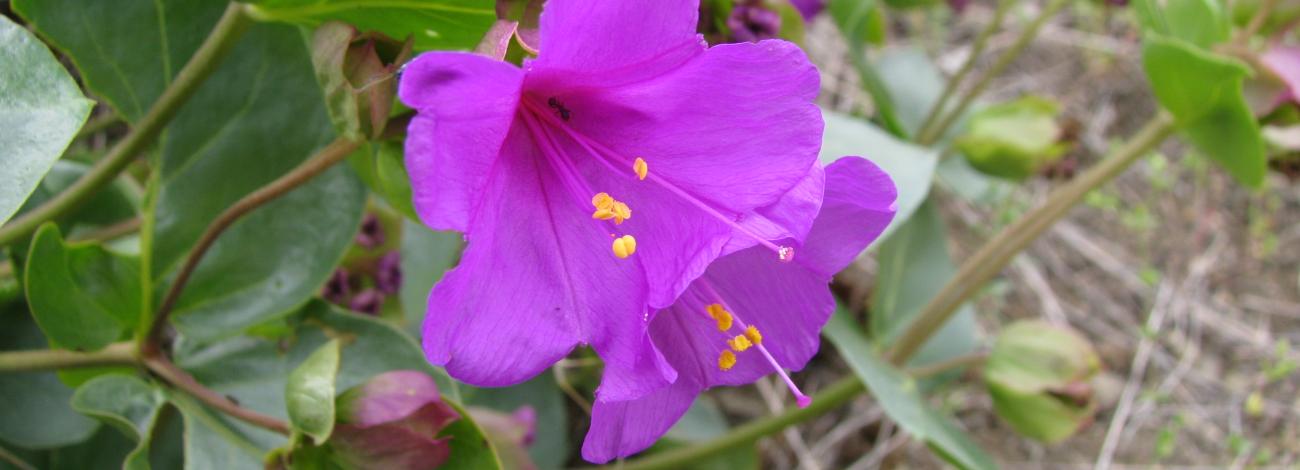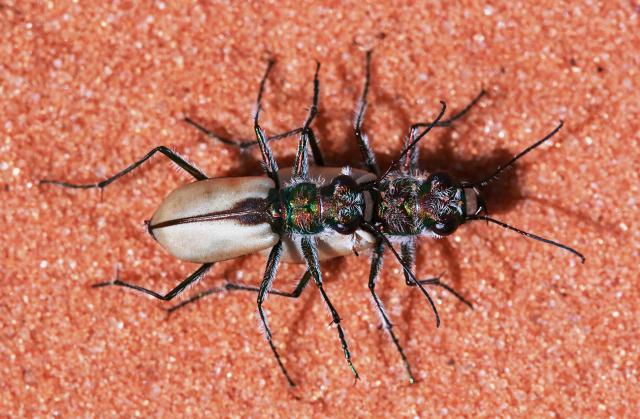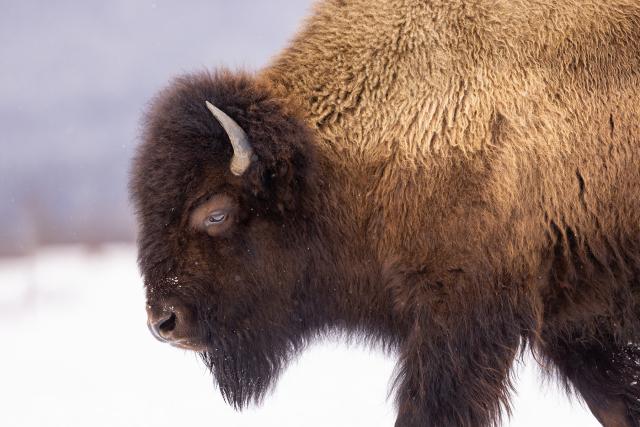
Why do we care?
Every native species, however humble in appearance...has its place in the nation's heritage. It is a masterpiece of evolution, an ancient, multifaceted entity that shares the land with us.
Conservation of wildlife, fish, and plant species and their habitats are important for many reasons. Species declines and extinctions can occur naturally due to a variety of reasons. However, the current rate of plant and animal extinction is much higher than natural or historical rates. Plants and animals can be negatively impacted by habitat loss and fragmentation caused by human activities, such as energy and mineral development, improper livestock grazing, and recreational activities on public lands. Species are also impacted by environmental changes including climate change, catastrophic wildfire, drought, invasive species, and disease.
Many species of wildlife, fish, and plants rely on each other for survival. If we allow one species to become endangered or extinct, its loss could cause the loss of other species.
For example, the loss of prairie dogs can cause declines in animals that rely on them as a food source or for shelter. The prairie dog is a primary food source for predators such as black-footed ferrets, bobcats, hawks, and eagles. Prairie dog burrows also provide shelter, nesting, and denning habitat for other wildlife such as burrowing owls, kit fox, other small mammals, and reptiles.
Pollinators such as bees and butterflies are a good example of the importance of even some of the smallest animals to our ecosystems. Many flowering plant species rely entirely on pollinators to reproduce. Pollinators themselves provide an important food source for many wildlife species.
Special status species can serve as indicators for overall environmental health. For example, declining populations of bald eagles and other birds in North America alerted the public to the dangers of the pesticide DDT (or dichloro-diphenyl-trichloroethane), allowing the U.S. to respond quickly to this environmental concern. Wildlife, fish, and plants also play a significant role in combatting climate change (e.g., plants store carbon, animals spread seeds).
Wildlife, fish, and plant populations do best in healthy, well-connected habitats including forests, sagebrush, deserts, and riparian areas. Healthy habitats allow the public to enjoy and access improved subsistence and recreational opportunities, including wildlife viewing, birding, fishing, hunting, camping, and hiking. Benefits extend to current and future generations. Many wildlife, fish, and plant species are also important to Indigenous cultures for subsistence, religious, or ceremonial purposes. For example, salmon populations on the Pacific coast provide an important source of food and are of cultural and religious importance for some Native Americans.
Wildlife, fish, and plant species are also used in traditional and modern medicines, helping improve the quality of life for many people. As examples, diabetes medicines are made from venom extracts of the Gila monster (a desert reptile) and Native Americans use berries and leaves of manzanita plants for medicines, of which many species are BLM special status species.


